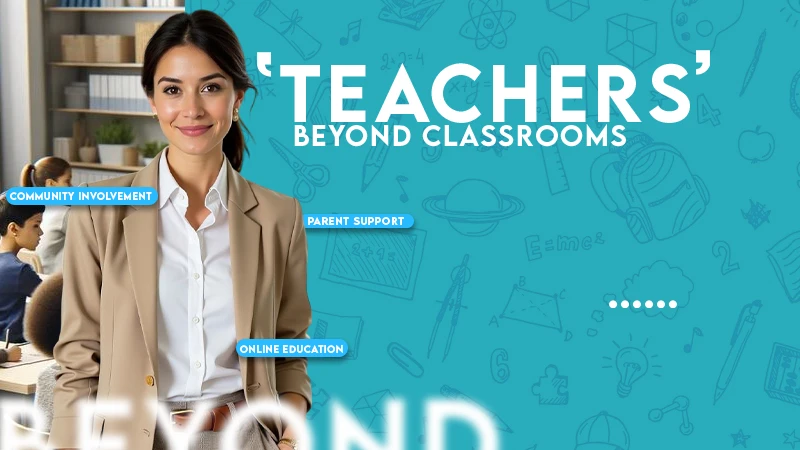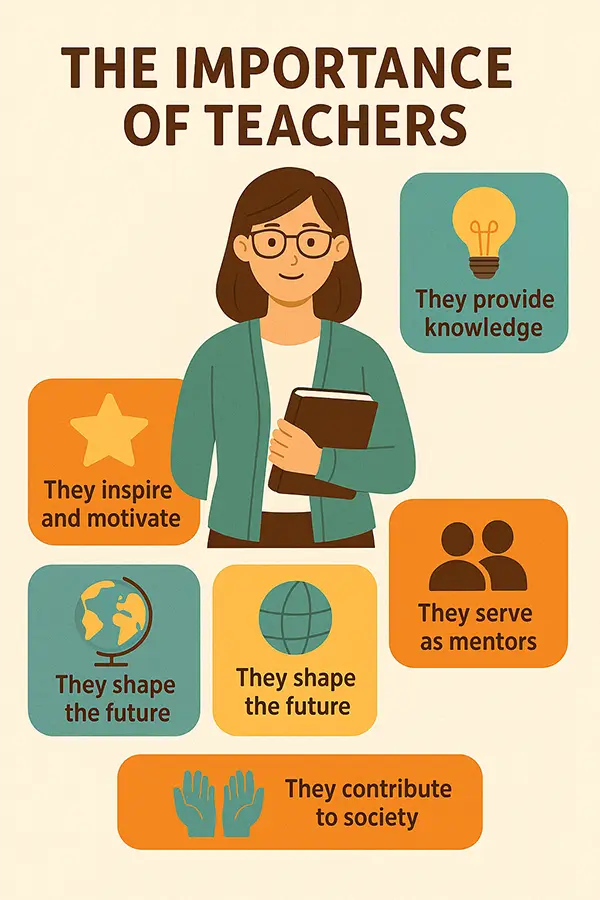
KEY TAKEAWAYS
- Teachers extend their influence beyond academics into social support systems.
- Educators act as mandated reporters, identifying neglect and abuse early.
- Strong teacher-student relationships help uncover hidden potential in learners.
- Teachers inspire students by recognizing abilities they might overlook in themselves.
According to UNESCO, during the COVID-19 pandemic, school closures, of the total world student population, some 94% were impacted. This means that educators’ mode of being and the role they play have expanded beyond the school’s four walls to the role they play in society.
Yearly, every day, educators are always breaking new ground in their approach by looking for other ways to engage with students, families, and communities outside their classrooms. Educators already use technology, community engagement programs, and mentorship.
This article will describe how educators are consistently leaving positive legacies, how they going about doing this, and what we in society can learn from educators’ overall impact.
Mandated Reporters
Educators are tasked not only with teaching their students but also with identifying signs that they may require additional support. Often, when a child is being neglected or otherwise disadvantaged at home, it is the teacher who is going to find the first evidence of this and initiate the process to get them help.
For example, when a child comes to school late almost every day, or lies their head down on their desk, or is always asking for a snack, these are warning signs that greater help is needed. Mandated reporters aren’t only looking for signs of physical abuse.
While it’s clear that a child arriving at school with bruises requires help, many warning signs are subtler and more difficult to detect. And yet it’s teachers who are constantly finding them and connecting kids with the help that they need. Schools, particularly public schools, offer a robust range of social support services. This can include counselors, social workers, and public resources.
For example, that kid coming in asking for snacks and putting their head on the desk – it’s the teacher who calls them up after class, asks gently what’s going on at home. Since they’ve built a personal relationship with the student, the child feels comfortable sharing openly about what’s truly happening.
The school then initiates a process that may connect the family with food assistance or even shelter resources. Life can be complicated and messy, but educational systems provide social support as well as academic assistance. Below, you can see the importance of teachers.

Bringing Out the Best in Students
Of equal importance is the teacher’s unique ability to identify potential in students who might not see it in themselves. Kids who struggle with academics but have the capacity to do great things. Teachers identify talents others may miss and offer mentorship that guides children toward discovering their passions and pursuing their interests.
It’s not necessarily about career readiness. It’s about showing people that, despite any obstacles, they have what it takes to find success and happiness in the modern world.
There are obvious, almost made-for-TV applications of this – for example, the struggling student who grows up to be a teacher themselves, saying, “Miss Johnson, you showed me anything was possible in the classroom. I want to do the same for someone else.”
It’s not always so cut and dry as that. The reality of the work is simpler. Students put a lot of trust in their teachers. Other than their parents, their teacher is likely the person they spend the most time with in the world.
When that connection is strong, the influence is real. It doesn’t always inspire someone to become an educator themselves, but it does produce a feedback loop in which the student is able to see themselves through someone else’s eyes and recognize personal potential. This might otherwise have been hidden from them.
How to Become a Teacher
The process of becoming an educator or an educational consultant will depend on the state. Generally, it’s initiated through bachelor’s degrees. Most individuals can earn a teaching license in four years by completing classroom coursework along with practical experience gained through student teaching.
There are programs that accelerate the timeline. These are typically available for students who already have a bachelor’s degree in an unrelated field. Fast-track programs can enable individuals to earn teaching credentials in just eighteen months.
They can be a great option for people who are looking to pivot into a new career, ideally as quickly as possible. However, the obstacle is that they require an almost full-time commitment to learning.
It’s also important to look at the unique requirements in your state. An educational program might be nationally accredited but not regionally recognized. In other words, you could get a legally valid teaching license that does not equip you to work in your state.
Despite this barrier, there are many resources available for creating new teachers. There are, after all, shortages all across the country. If you’re interested in education, now is a great time to start a career that will make a true and noticeable difference in children’s lives.
Ans: Teachers are able to identify needs and provide mentorship and hope, as well as assist students in locating resources- counseling, food sources, housing services, and more.
Ans: As mandated reporters, teachers recognize signs of neglect or abuse and provide children access to timely professional support and protection.
Ans: Typically, aspiring educators graduate with a bachelor’s degree, go through the process of student teaching, and complete a state-recognized teaching license.